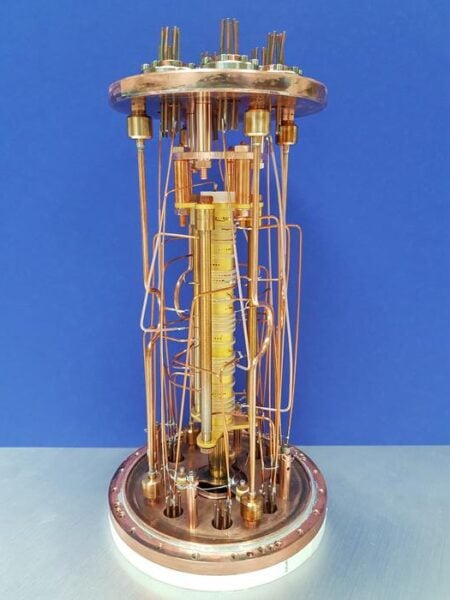Researchers from the Max Planck Institute for Nuclear Physics in Heidelberg have made a significant breakthrough in the quest to determine the rest mass of neutrinos, elusive particles that could hold the key to understanding new physics beyond the standard model. The team’s findings, based on the precise measurement of electron capture in the artificial isotope holmium-163, bring scientists closer to solving the mystery of neutrino masses.
The Importance of Neutrino Mass in the Search for New Physics
Neutrinos, once thought to have no rest mass like photons, were found to oscillate between three known types, indicating that they must have a small but non-zero mass. This discovery challenged the standard model of particle physics and suggested the existence of new physics waiting to be discovered. Knowing the exact rest mass of neutrinos could open the door to this unknown world of new physics.
Measuring the Q Value of Electron Capture in Holmium-163
To determine the neutrino mass, the international ECHo collaboration, which includes scientists from Heidelberg, measures the energy released during the electron capture of holmium-163. This process results in the transformation of a proton into a neutron and the release of a neutrino. The total energy released corresponds to the Q value minus the rest mass of the neutrino.
Christoph Schweiger, a doctoral student in Klaus Blaum’s department at the Max Planck Institute for Nuclear Physics, explains, “It is therefore important to measure the value of Q as precisely as possible using an alternative method and to compare it with the calorimetrically determined value in order to detect possible systematic sources of error.”
The Pentatrap Experiment: A Super Scale for Ions
The Heidelberg pentatrap experiment, which consists of five Penning traps, allows the mass of electrically charged atoms to be determined with extreme precision. By comparing the “circle dance” frequencies of holmium-163 and dysprosium-163 ions, the team was able to determine the Q value for electron capture with 50 times more precision than before.
“The contribution of the three theory groups, including Christoph Keitel’s group here at the institute, was just as important as our measurement,” emphasises Schweiger.
Implications for the Search for Neutrino Masses
The Heidelberg result is a major step forward in the quest to determine neutrino masses, which pose extreme challenges at the edge of what is technically possible. The KATRIN experiment has set the most precise upper limit to date of the neutrino mass at 0.8 electron volt per speed of light squared, while cosmological models suggest an even lower upper limit of 0.12 electron volt per speed of light squared.
Schweiger notes, “In any case, it is clear that anyone who wants to weigh neutrinos faces extreme challenges at the edge of what is technically possible. Against this background, the Heidelberg result is a major step forward on the way to solving the mystery of neutrino masses.”


